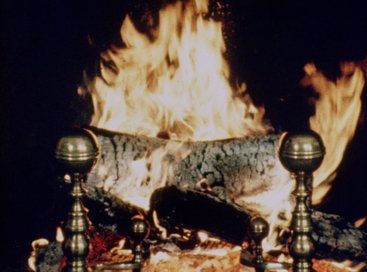27 December 2023
Should auld acquaintance be forgot,
and never brought to mind?
Should auld acquaintance be forgot,
and auld lang syne?
The song, lyrics by Robert Burns, is traditionally sung at midnight on New Year’s Eve, but what does auld lang syne mean and where does the phrase come from? Burns wrote the lyrics to the song we sing today, but he did not originate the phrase.
Auld lang syne means “times long past” or “consideration/remembrance of old friendships.” The first two words in the phrase are easy to deduce; auld is simply a Scots variant of old and lang a variant of long, but syne is a stumper for most people. Scots is, depending on your perspective, either a dialect of English spoken in Scotland or a language closely related to English that is spoken in Scotland. (Linguistically, there is no distinction between a dialect and a language; the distinction is political.) Scots is not the same as Gaelic, which is a Celtic language, whereas both Scots and English are Germanic languages.
Syne is a shortened form of the Middle English adverb sitthen, meaning “then,” “after,” or “since.” This shortened form was common in Scotland and the north of England. An early appearance of the word is in the poem Patience written by an anonymous poet, dubbed either the Pearl poet or the Gawain poet after two other poems in the manuscript in which it is found. The manuscript dates to c. 1400 and the poem is believed to have been written c. 1380 in the region around what is now Chester in the north of England. The poem is about Jonah, and the passage in question happens when he is on shipboard during a storm, as he is being thrown into the sea and swallowed by the whale:
Tyd by top and bi to þay token hym synne;
In-to þat lodlych loʒe þay luche hym sone.
He watz no tytter outtulde þat tempest ne sessed.
(Bound above and below, they took him then;
Into that turbulent sea they soon threw him.
He was no sooner tossed overboard than the tempest ceased.)
Syne was also often combined with lang, sometimes written as one word, langsyne, meaning literally “long since” or idiomatically “long ago.” It appears as early as 1513 in a poem “Full Oft I Mvse and Hes in Thocht” by the Scottish poet William Dunbar:
Had I for warldis unkyndnes
In hairt tane ony havines,
Or fro my pleasans bene opprest,
I had bene deid langsyne, dowtles;
For to be blyth me think it best.
(Had I for worldly unkindness
In [my] heart taken any despair,
Or from my delight been oppressed,
I would have doubtless been dead long-since;
For to be happy I think it best.)
The full phrase auld lang syne appears by 1666 in a note associated with a letter from Archibald Campbell, the Ninth Earl of Argyll to John Maitland, the Second Earl (later Duke) of Lauderdale:
I have biden Lady Mother take something out of her owne head, for I have no mor in my head to say, but deare lord father, farewell for old long syne.*
Your owne pritie man,
Johne Lauderdaill
Deare swit lord father, remember my new yirs gift.
The footnote reads:
* This is a song he is much taken with. He dances all dances to that tune, and repeates the words on all occasions.
The editors of this nineteenth century edition state this undated note was enclosed in a letter from Argyll to Lauderdale of 28 March 1666 and that the note itself is in the hand of Argyll’s wife, Mary Stuart, and the footnote is in Argyll’s hand. The “father” is probably her husband, Argyll, as her actual father was no longer living. But that leaves a mystery as to why it is signed with Lauderdale’s name and who it is that is “taken with” the song. Unfortunately, the editorial notes in the edition raise more questions than they answer.
But regardless of the above, it is clear from the note that by 1666 the phrase auld lang syne was a lyric in a song and that the phrase, at least in Mary Stuart’s mind, was associated with New Year’s Day. The date of the associated letter, 28 March, is only three days after the New Year, which was celebrated in March in England and Scotland at the time.
The identity of the song that Mary Stuart refers to is unknown. But we do have a song of that title that was printed c. 1701, some forty-five years later. The broadsheet ballad, the surviving copy of which was printed in 1711, is found in Edinburgh, National Library of Scotland, MS Ry.III.a.10(070), the opening lines of which are:
An Excellent and proper New Ballad, Entituled,
OLD LONG SYNE,
Newly correct and amended, with a large and new Edition of several excellent Love Lines,
To be sung with its own proper Musical Sweet Tune.
Should Old Acquaintance be forgot,
and never thought upon;
The flames of Love extinguished,
and fully past and gone:
Is thy sweet Heart now grown so cold,
that loving Breast of thine;
That thou canst never once reflect
on Old long syne.
On Old long syne my Jo,
on Old long syne,
That thou canst never once reflect,
on Old long syne.
Other poets, such as Allan Ramsay (1686–1757), created variations on this anonymous poem, the most famous of which is by Robert Burns (1759–96), whose version we sing today.
Discuss this post






